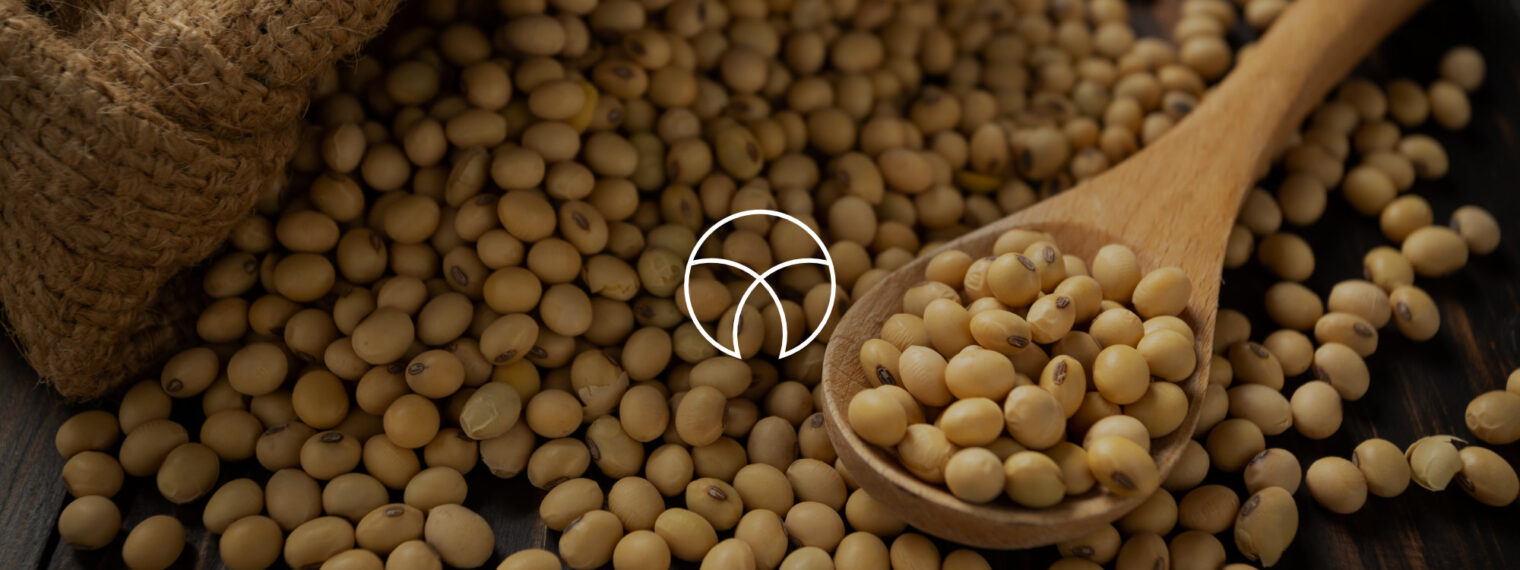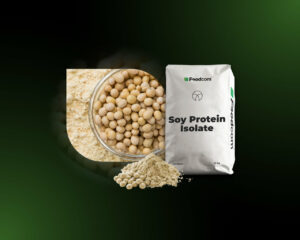L’évolution récente du marché mondial du soja est marquée par la flambée des prix aux États-Unis et par des changements dans le commerce international.
Les derniers prix du soja aux États-Unis ont atteint leur plus haut niveau depuis 2012, à 16,61 dollars le boisseau. Les chiffres sont plus élevés qu’initialement prévu – les projections pour le prix moyen de la saison en mai indiquaient 13,85 dollars par boisseau, contre 11,25 dollars pour la campagne de commercialisation 2020/2021 et 8,57 dollars par boisseau un an plus tôt. La flambée des prix du soja est le résultat d’une demande explosive de la Chine où la culture porcine se rétablit rapidement après l’arrêt de la pandémie.
La production mondiale de soja
Les projections pour le marché américain du soja pour la campagne de commercialisation 2021/2022 prévoient une baisse de l’offre, une diminution des exportations et une augmentation des stocks de fin de campagne par rapport à l’année précédente. La production américaine de soja devrait s’élever à 119,88 millions de tonnes métriques, contre 112,55 millions un an plus tôt. Les exportations totales de soja des États-Unis devraient s’élever à 2,1 milliards de boisseaux, soit une baisse de 205 millions de boisseaux par rapport à 2020/2021. La part des États-Unis dans les échanges mondiaux de soja devrait s’élever à 33 %, soit une baisse de 3 % par rapport à l’année précédente. Les stocks de clôture du pays pour 2021/2022 prévoient un total de 140 millions de boisseaux, par rapport aux projections de 120 millions de boisseaux de l’année précédente.
La production mondiale de soja devrait atteindre 385,5 millions de tonnes métriques, soit une augmentation de plus de 6 % par rapport à l’année précédente. Les prévisions de rendement du soja du principal producteur mondial, le Brésil, sont de 144 millions de tonnes métriques, soit une augmentation de 8 millions par rapport aux estimations pour 2020/2021. Les projections pour les stocks mondiaux de fin de campagne en mai 2021 sont de 91,10 millions de tonnes métriques.
Exportations mondiales de soja
Les exportations mondiales totales de soja devraient s’élever à 172,9 millions de tonnes métriques, avec une baisse des exportations des États-Unis et une augmentation des expéditions du Brésil. Ce dernier devrait livrer 93 millions de tonnes métriques du produit, soit 54 % de la part mondiale des exportations de soja. Le Brésil devrait également battre le record de la plus grande expédition de soja vers les États-Unis cette année. Un total de 238 000 tonnes de soja brésilien a déjà fait l’objet d’un contrat. Au cours des quatre premiers mois de 2021, les exportations de soja au Brésil ont augmenté de 18 %.
La Chine – le plus gros acheteur de soja
La Chine – premier acheteur mondial de soja – devrait importer 103 millions de tonnes métriques de soja en 2021/2021 – soit 3 millions de plus que l’année précédente. En avril, près de 90 % des importations de soja en provenance du Brésil ont atteint la Chine, surpassant les faibles expéditions de janvier et février causées par des conditions météorologiques difficiles qui ont retardé l’arrivée des cargaisons. Entre janvier et mars 2021, la Chine a importé 21,18 millions de tonnes de soja, soit une augmentation de 19 % par rapport à l’année précédente. Plus de 5 millions de tonnes de soja ont été expédiées des États-Unis vers la Chine en janvier, mais ne sont arrivées pour la plupart qu’en mars en raison de retards de fret.
L’Europe sur le marché
Sur le marché européen, les importations de soja dans l’UE se sont élevées à plus de 13,16 millions de tonnes au cours de la campagne de commercialisation 2020/2021. Entre juillet 2020 et la mi-mai 2021, le Brésil a fourni 43,4 % des importations de soja vers l’UE, qui s’élèvent à 5,71 millions de tonnes, tandis que les expéditions en provenance des États-Unis ont représenté 40,4 % avec 5,32 millions de tonnes. Les livraisons ont principalement atteint les Pays-Bas, l’Espagne, le Danemark et l’Italie.
Prévisions
Alors que les prévisions de prix élevés persistent, la demande en provenance de Chine est remise en question car le pays est toujours aux prises avec la peste porcine africaine et les exportations de soja pour l’alimentation des porcs pourraient potentiellement diminuer. Les principales préoccupations susceptibles d’influencer le marché sont les insécurités supplémentaires provoquées par la pandémie et les conditions météorologiques imprévisibles qui ont un impact sur les rendements et le transport.








